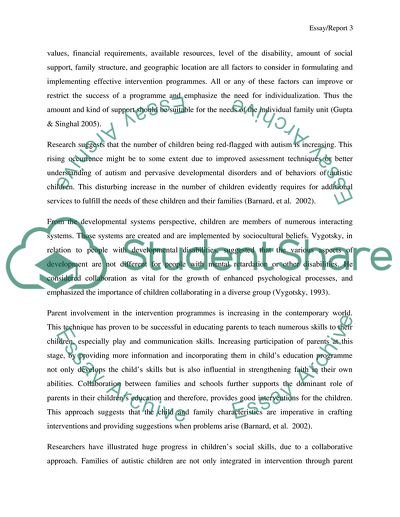Cite this document
(Autism in Schools - Crisis or Challenge Essay Example | Topics and Well Written Essays - 3000 words, n.d.)
Autism in Schools - Crisis or Challenge Essay Example | Topics and Well Written Essays - 3000 words. Retrieved from https://studentshare.org/health-sciences-medicine/1744823-essayreport-find-attached-the-guidelines
Autism in Schools - Crisis or Challenge Essay Example | Topics and Well Written Essays - 3000 words. Retrieved from https://studentshare.org/health-sciences-medicine/1744823-essayreport-find-attached-the-guidelines
(Autism in Schools - Crisis or Challenge Essay Example | Topics and Well Written Essays - 3000 Words)
Autism in Schools - Crisis or Challenge Essay Example | Topics and Well Written Essays - 3000 Words. https://studentshare.org/health-sciences-medicine/1744823-essayreport-find-attached-the-guidelines.
Autism in Schools - Crisis or Challenge Essay Example | Topics and Well Written Essays - 3000 Words. https://studentshare.org/health-sciences-medicine/1744823-essayreport-find-attached-the-guidelines.
“Autism in Schools - Crisis or Challenge Essay Example | Topics and Well Written Essays - 3000 Words”, n.d. https://studentshare.org/health-sciences-medicine/1744823-essayreport-find-attached-the-guidelines.


